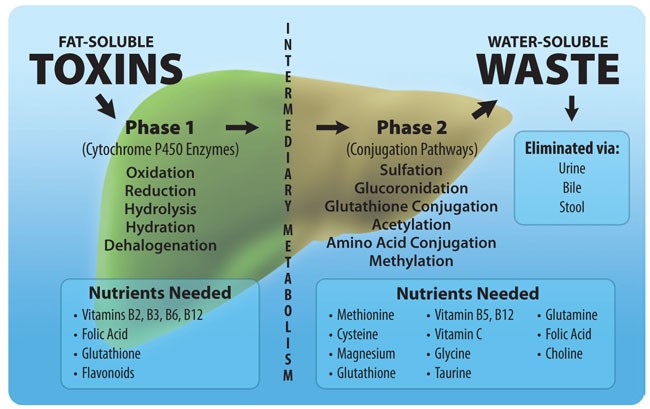Revitalize Your Energy with a Liver Cleanse/Detox
Your liver, one of the body’s largest organs, acts as a natural detoxifier, processing nutrients, medications, and toxins. Over time, environmental pollutants, poor diet, and stress can overwork your liver, impacting its performance and your health. A liver cleanse can help support its functions, boosting your energy and vitality. Why Spring and Summer? The longer, … Read more

